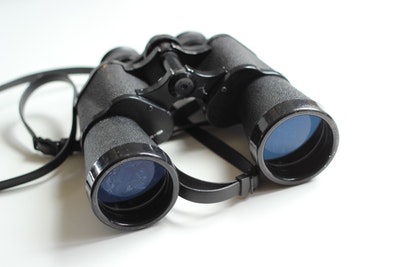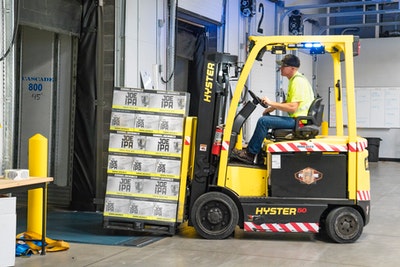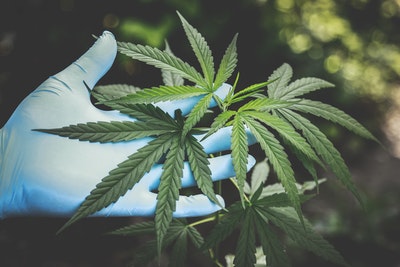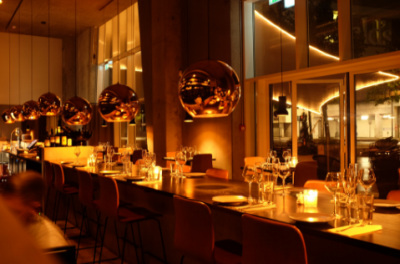5 Greenhouse Essentials for Beginners
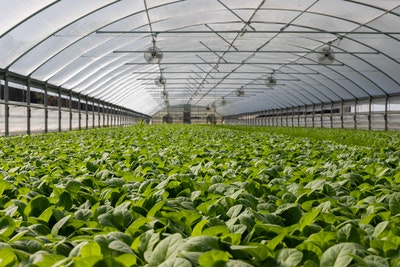
Gardening indoors while stuck in quarantine is a productive way of spending your time. If you’ve decided to take it a step further and decided to grow plants in a greenhouse then you’re in the right place.
Having your own greenhouse can prolong your growing season and protect your plants from unpredictable weather.
Here are some benefits that you’ll get from a greenhouse:
- Freedom to grow any plant you want. You can grow your own produce or any flower you choose.
- You’re more organized as you can keep your tools and gardening materials under the same roof as your plants.
- You’re not controlled by seasons or the weather.
- You can start planting any seed year-round.
- It’s more relaxing and less stressful as you have fewer challenges and you can be active no matter the season.
When building a greenhouse, you can start with whatever size you want, so you can build one depending on your budget.
Here are five tips you should keep in mind before building your greenhouse.
1. Budget
The average cost of a greenhouse ranges from $5,000 to $20,000. You can save more by canvassing and comparing materials.
Starting with a smaller greenhouse is a good way to start. You can choose to grow essential plants or pick seedlings for each season.
2. Location
Choosing the location for your greenhouse will require some careful thinking and planning.
You would want to make sure that you’re building it on an area that gets a lot of sunlight year-round. Start with evaluating the south area of your home (or any place you’re planning to build your greenhouse).
If that doesn’t work out, then the east or southeast part of the area would do as it captures the most winter sunlight. Choose a spot that’s away from the trees but will get shelter and enough shade during the summer.
3. Structure
You can choose from a barn, dome, A-frame, or solar-heated greenhouse. There are more you can choose from.
Check online which design or structure would fit your area best. Before you choose the design, you have to determine what variation you would want to have.
Here are the three categories.
Lean-To
Lean-to greenhouses are more cost-friendly and a good option for those who want to save space. As the name suggests, it’s the type that’s built attached to the side of another structure.
It shares a wall with the other structure so it tends to have a sloping roof.
Window-Mounted
Window-mounted greenhouse or greenhouse windows are structures that are “window-like” and they protrude outward from a building, house, or any existing structure.
It’s best for growing plants indoors without the need to build a separate greenhouse.
Freestanding
Freestanding greenhouses are those that are built separately from any structure and can be in any shape or form.
They tend to be easier to manage compared to smaller greenhouses which can tend to have more fluctuating temperatures.
Once you’ve chosen the shape, you’ll have to decide on the materials for the frame. Frame materials can include, steel, aluminum, wood, or PVC pipe.
4. Covering and Walls
Coverings, the roof, the walls, will have the most impact on plant growth. Some of the best materials for greenhouses are multi wall polycarbonate sheets or polyethylene plastic.
Polycarbonate plastic tends to last more, typically up to ten or more years, if maintained properly. It’s also more durable than glass. Glass is another option, but it’s not the best for retaining heat.
Once you’ve set up and covered your greenhouse, it’s time to move on to the interior.
5. Interior
You can’t plant inside your greenhouse without the essential equipment. Here are the must-have materials for a blooming and successful greenhouse.
- Have fans inside to move heat around and promote proper air circulation
- Buy a backup heater for winter
- Make sure to add vents
- Keep a thermostat to check the temperature
- Make sure you have a regular water supply
- Build tables, shelving containers, and elevated beds (to access plants as they go through various growth stages)
Research on the plants you want to plant in order to know what they will need beforehand. There are a lot of benefits to having your own home garden, but it’s not a walk in the park.
You’re going to be spending money on it so you have to do your research and make sure to know what you’re doing to avoid making avoidable mistakes.
You’ll learn along the way, and the best thing is having your own greenhouse will make these learning experiences more fun.

